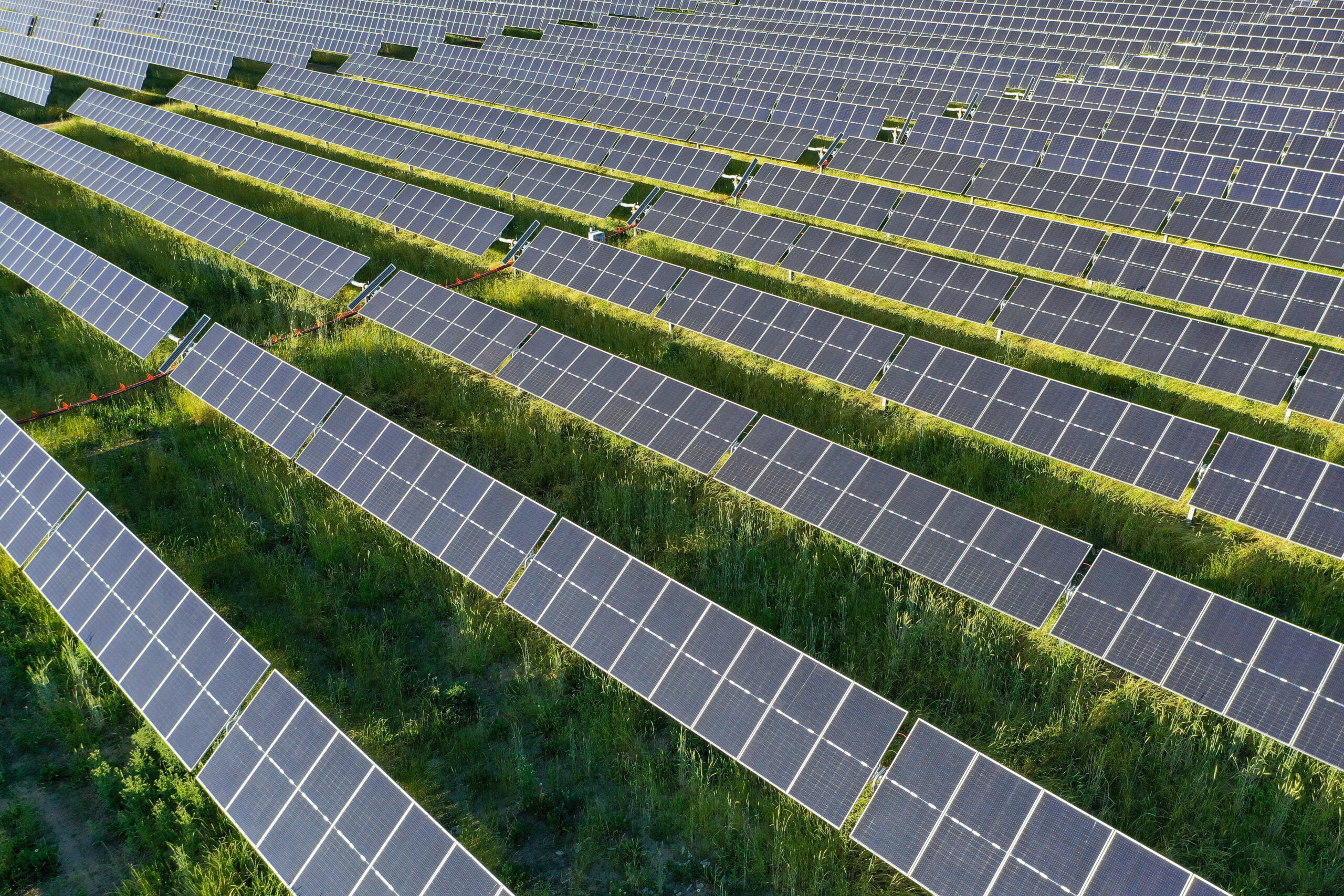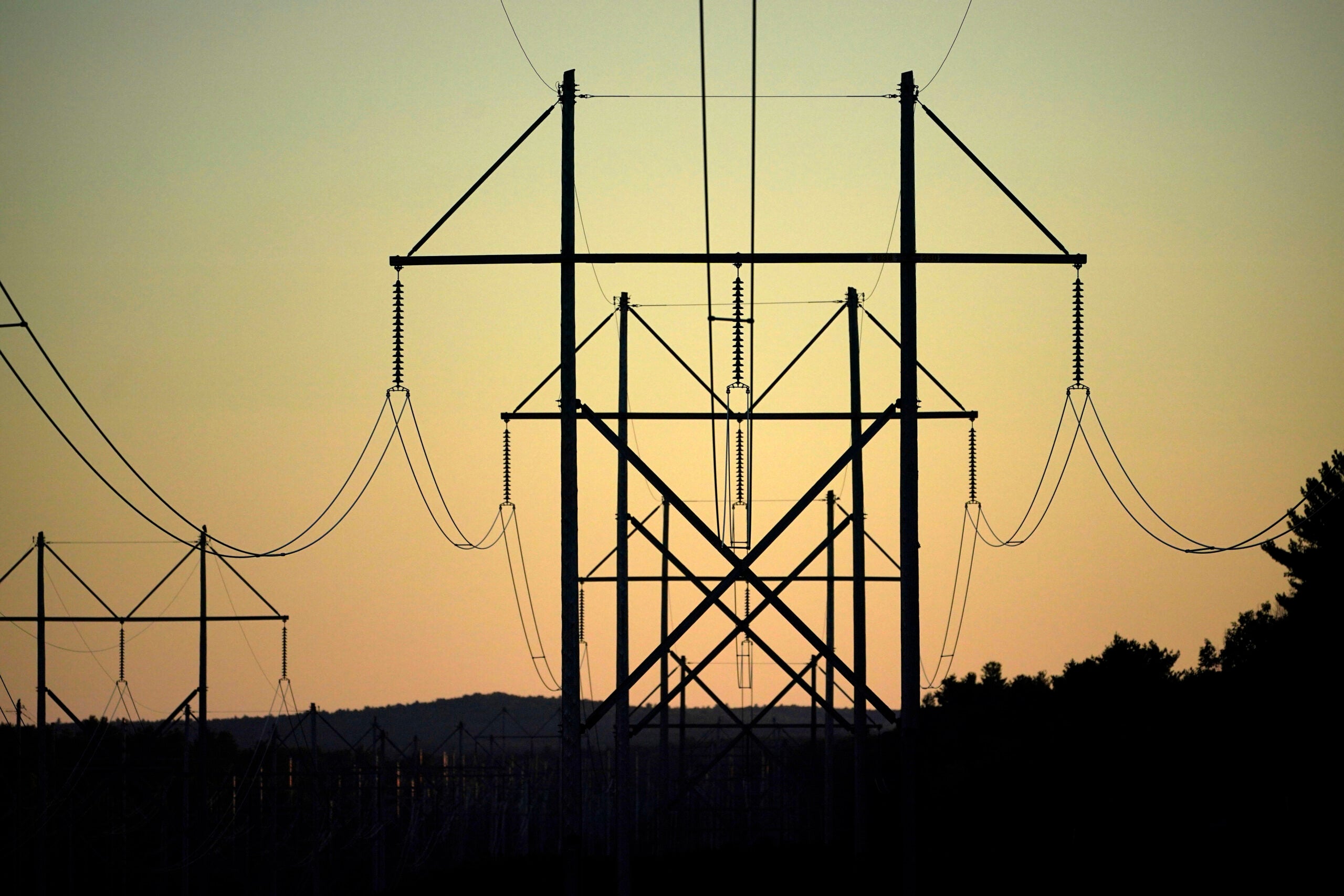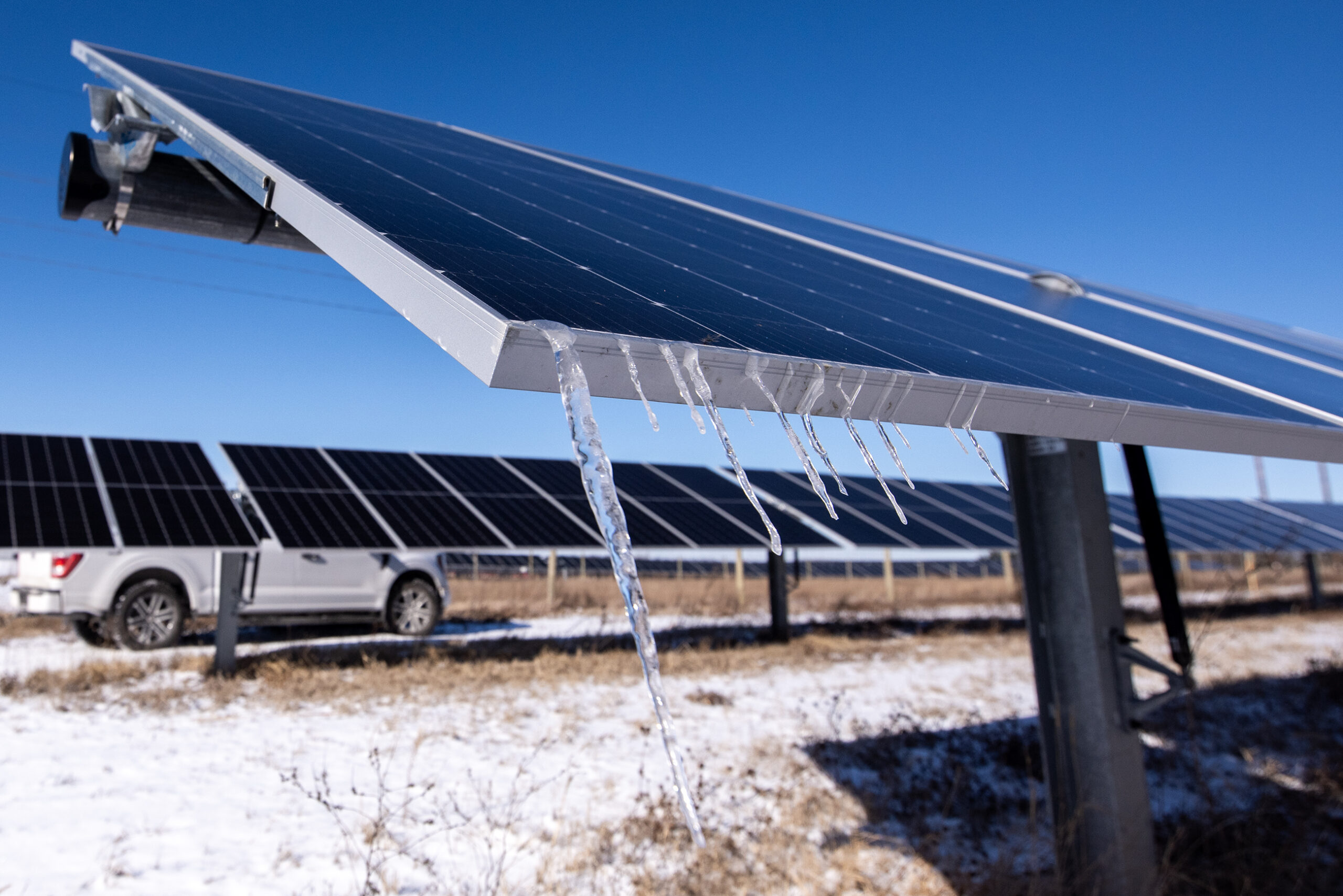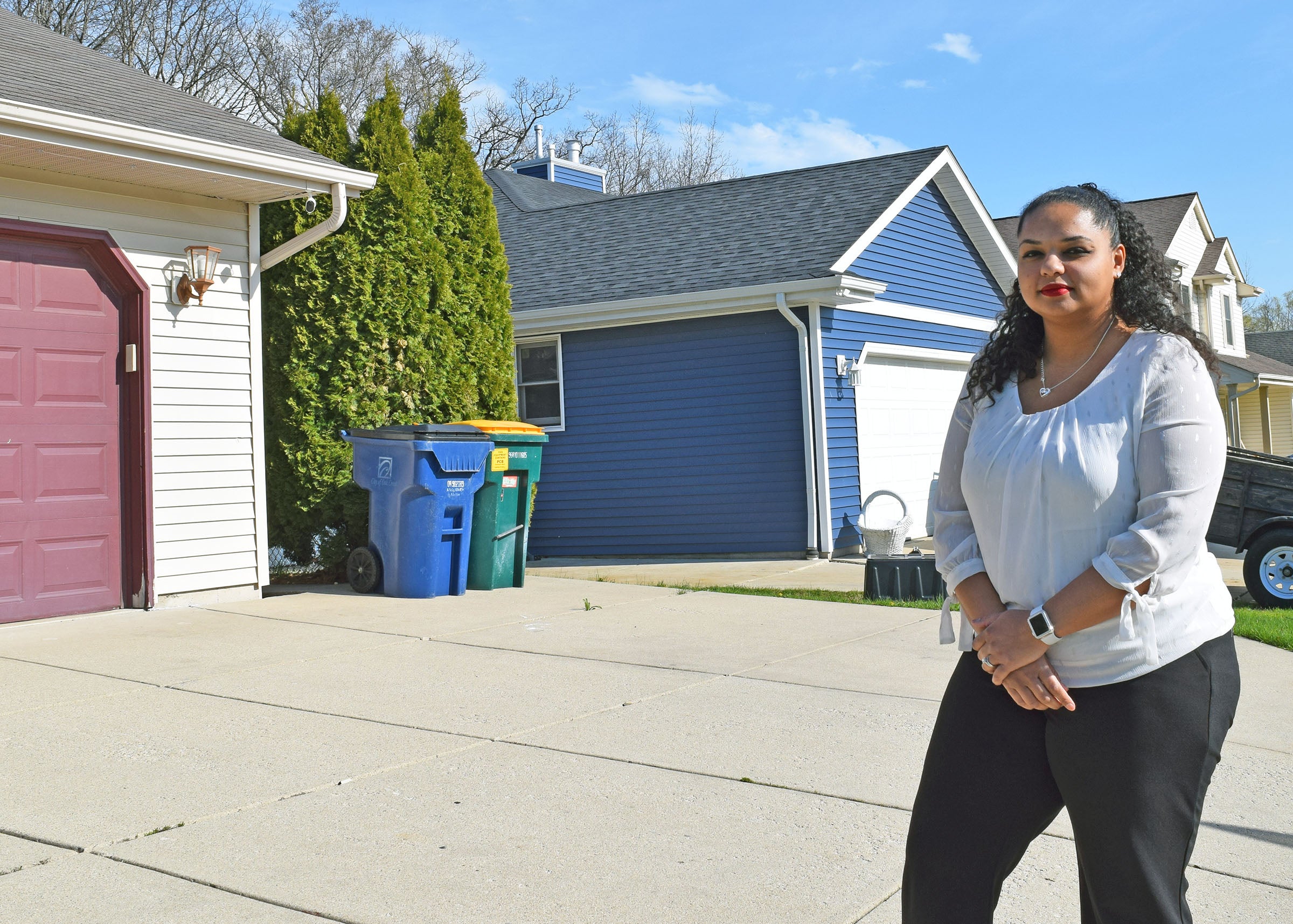As big tech companies race to capitalize on artificial intelligence, utilities in Wisconsin are assessing how to balance surges in demand for power amid the clean energy transition.
Executives from some of the largest utility and transmission companies serving Wisconsin took part in a series of panel discussions Wednesday about the state’s energy future. They, along with advocates for local governments and large industrial energy users, talked about managing increased demand for power amid the rapid development of artificial intelligence, or AI, and other technologies. The forums were hosted by Competitive Wisconsin, Inc. and broadcast on Wisconsin Eye.
In southeast Wisconsin, Microsoft plans to invest around $1 billion to develop data centers on 1,400 acres it has purchased in Racine County. We Energies, which is owned by Milwaukee-based WEC Energy Group, plans to spend $100 million on a project to serve Microsoft’s data complex. The project is being built on land originally intended for Foxconn as part of its failed plans to create 13,000 high-tech jobs.
“This is a major race between highly sophisticated tech companies. They need reliability, and they need speed to market. We’re trying to accommodate both,” said Bert Garvin, an executive vice president with WEC Energy Group.
Microsoft runs more than 300 data centers in over 34 countries. That includes an Iowa data center that was the birthplace of GPT-4, the AI large language model system that mimics human speech and writing from Microsoft-backed Open AI.
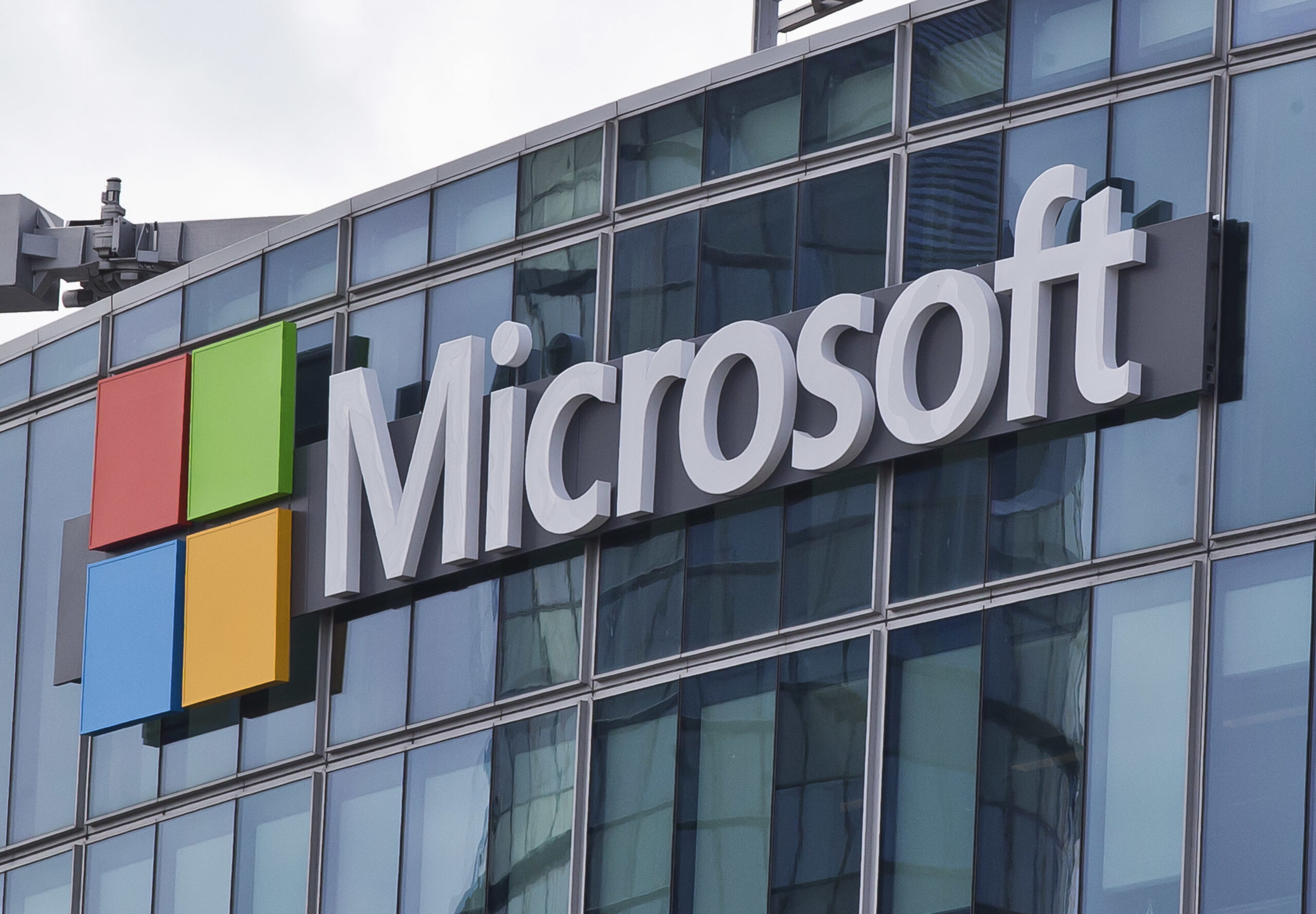
How could increased demand affect carbon reduction goals?
News with a little more humanity
WPR’s “Wisconsin Today” newsletter keeps you connected to the state you love without feeling overwhelmed. No paywall. No agenda. No corporate filter.
Wisconsin’s five largest utilities, including We Energies, have pledged to go carbon-neutral by 2050 in line with Gov. Tony Evers’ goal to ensure carbon-free electricity by that year.
However, utility executives say natural gas will be a key part of their power mix for the foreseeable future as they invest in renewable energy projects that are anticipated to save customers billions over the next several decades.
Karl Hoesly, president of Xcel Energy in Wisconsin and Michigan, said natural gas will be an important bridge fuel, especially with more energy demand from data centers coming online.
“These are customers that are going to be high load factor — 90 percent load factors — that want their energy relatively soon and they want it without interruption,” Hoesly said. “So the change is really, how do we meet these needs and continue down the clean energy transition without sacrificing reliability (and) never safety?”
We Energies is also relying on natural gas to offset gaps from wind and solar. The utility recently announced a $1.2 billion plan to build a natural gas plant at its Oak Creek site.
Environmental groups like Clean Wisconsin and the Sierra Club have pushed back against utilities’ plans to build more natural gas infrastructure as scientists have urged drastic cuts in carbon emissions. While natural gas produces roughly half the carbon emissions as coal, they note such production releases methane that has more than 80 times the warming power of carbon dioxide over the span of two decades.
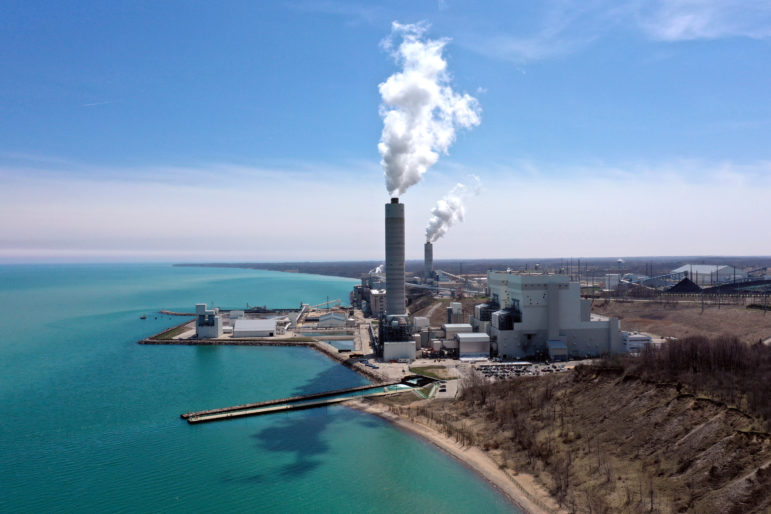
Some say utilities should slow coal plant retirements
Todd Stuart with Wisconsin Industrial Energy Group expressed concerns as the Midwest regional grid operator has faced pressure to meet spikes in demand amid extreme weather and coal plant retirements. He fears significant growth from data centers may eat into the regional grid’s reserve power supply. Stuart said utilities may want to slow plans to retire plants.
“Once these plants shut down, things could get pretty tight, given the load growth that might be happening,” said Stuart, the group’s executive director.
Both Xcel and WEC Energy Group have moved up plans to shift away from coal earlier than first projected. But We Energies announced in 2022 that it was delaying closure of coal-fired units at its Oak Creek coal plant amid concerns over a tight energy supply.
Consumer advocates say the state should maximize energy efficiency as customers have seen their utility bills climb in recent years during the transition and plant retirements.
Tom Content, executive director of Wisconsin’s Citizens Utility Board, noted Focus on Energy — the state’s energy efficiency program — has helped cut power demand by an amount equal to the output of two natural gas plants.
“We know that data centers consume a lot of energy. We’re hopeful that the new chips are going to make those more energy-efficient, but the tech companies have to be ready to pay their fair share,” Content said. “And asking homeowners and small businesses to pay for a lot of this expansion is a lot to ask.”
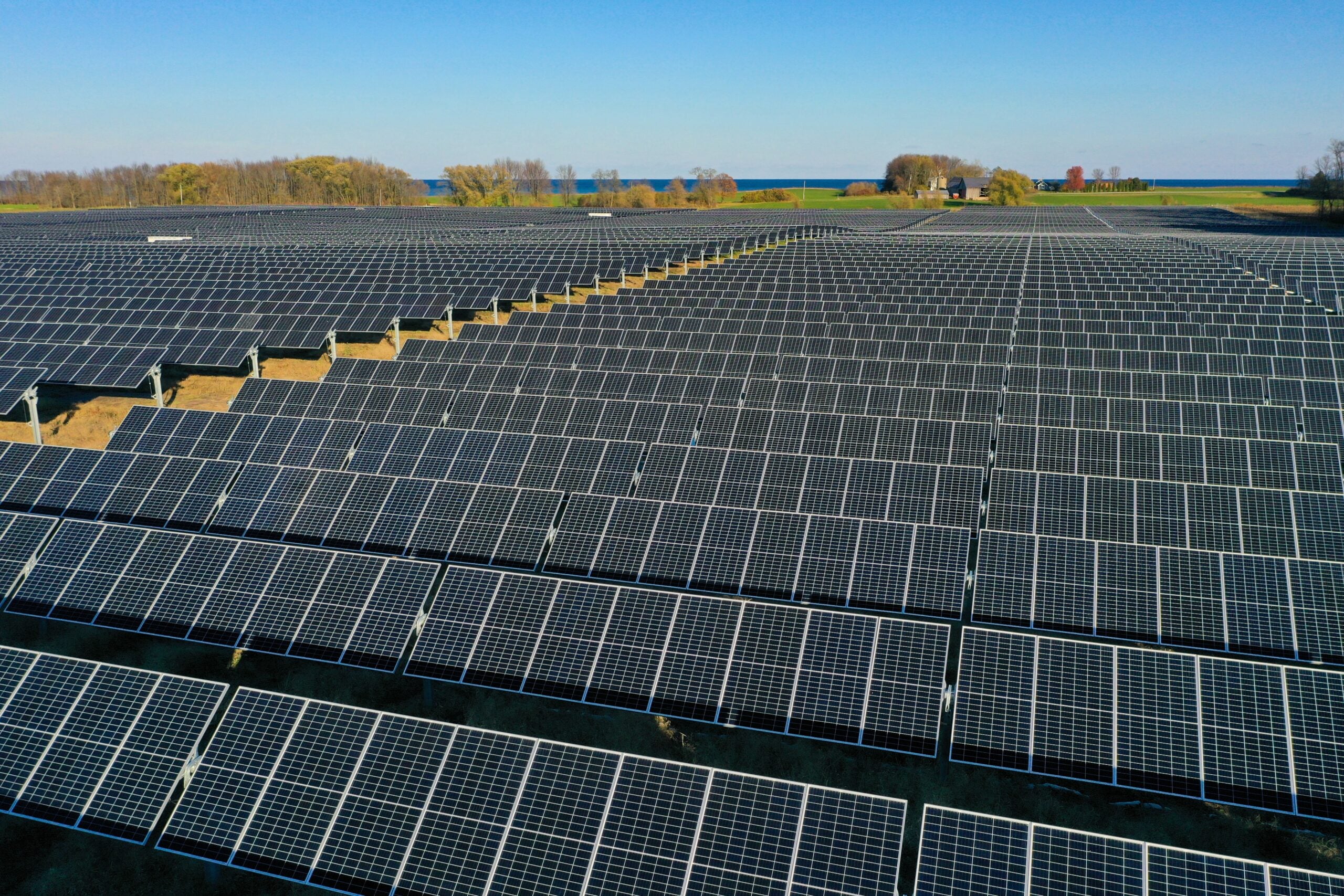
As some seek energy savings, others want the state to build more capacity
At the same time, Mark O’Connell, president and CEO of the Wisconsin Counties Association, said he’d like the Legislature to take a proactive approach by supporting more power generation amid growing demand from AI and electrification of the state’s transportation system.
“We anticipate we’re going to need this kind of capacity in the future. Let’s build it now, so we’re ready for it when it comes,” O’Connell said, citing the economic development opportunities for counties.
Teresa Mogensen, chair, president and CEO of American Transmission Company, said lawmakers could pursue legislation that works with communities to advance infrastructure and ensure shovel-ready sites.
The Legislature did pass a law in 2017 to support Foxconn’s project in southeastern Wisconsin, which established an Electronics and Information Technology Manufacturing, or EITM, Zone. Under that law, utilities don’t have to seek approval from the Public Service Commission for construction projects that serve new customers within that zone.
“But that’s a one-time deal. That’s not a full-state look at opportunities and infrastructure to support all around the state,” Mogensen said. “But that certainly was a potential key attractant for being able to move faster that may have helped to draw Microsoft in.”
Mogensen and others say the Legislature could also consider “batching” transmission projects together to streamline permitting, invest more resources to add and retain PSC staff, or provide more options to reduce or shift energy use through time-of-use rates.
Wisconsin Public Radio, © Copyright 2025, Board of Regents of the University of Wisconsin System and Wisconsin Educational Communications Board.

